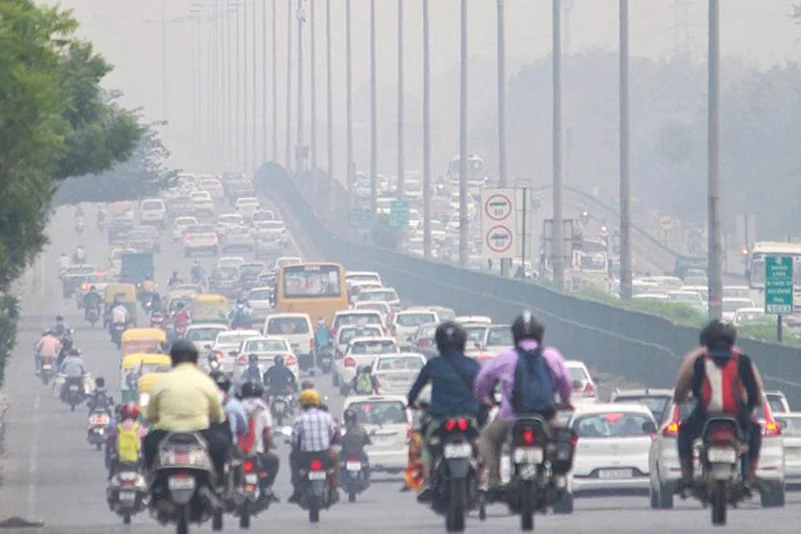Delhi's air quality remained in the "very poor" category on Sunday morning as the city’s Air Quality Index (AQI) was recorded at 352. Areas like Mundka, Anand Vihar, Jahangirpuri, Vivek Vihar and Bawana recorded "severe" levels of air pollution, authorities said.
The Ministry of Earth Sciences' air quality monitor, System of Air Quality and Weather Forecasting and Research (SAFAR), recorded the air pollution levels in some areas as “severe” but officials believe that increase in winds will help improve the air quality in those areas.
"Delhi's Air Quality Index (AQI) is in the 'very poor' category with few locations entering a higher zone but that will be short-lived. This is mainly because the extremely calm local surface winds, which were prevailing yesterday, are likely to increase slightly and may further pick-up by October 26," officials at the Ministry of Earth Sciences said.
Advertisement
SAFAR has also predicted that the city’s AQI may remain in the "very poor" range but might not deteriorate any further. "Slow improvement in the current condition is expected by October 26, leading to the air quality index shifting to the middle range of the very poor category,” officials said.
According to SAFAR, the stubble-fire count stood at 1,292 on Friday and its share in Delhi's pollution was nine per cent. The AQI was recorded at 346 on Saturday and at 366 on Friday.
An AQI between 0 and 50 is considered "good", 51 and 100 is "satisfactory", 101 and 200 is "moderate", 201 and 300 is "poor", 301 and 400 is "very poor", and an AQI between 401 and 500 is considered "severe".
Advertisement
Ten monitoring stations in the national capital entered the "severe" zone on Friday, according to SAMEER, the AQI-monitoring mobile application developed by the Central Pollution Control Board (CPCB). The figures are based on data collected from 36 monitoring stations across the city.
The Delhi government has kick-started its "Red Light On, Gaadi Off" anti-pollution campaign, for which it has deployed 2,500 environment marshals at 100 traffic signals across the city to generate awareness and curb vehicular pollution. The drive will be carried out in all the 70 Assembly constituencies of the national capital till November 15.




















